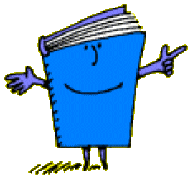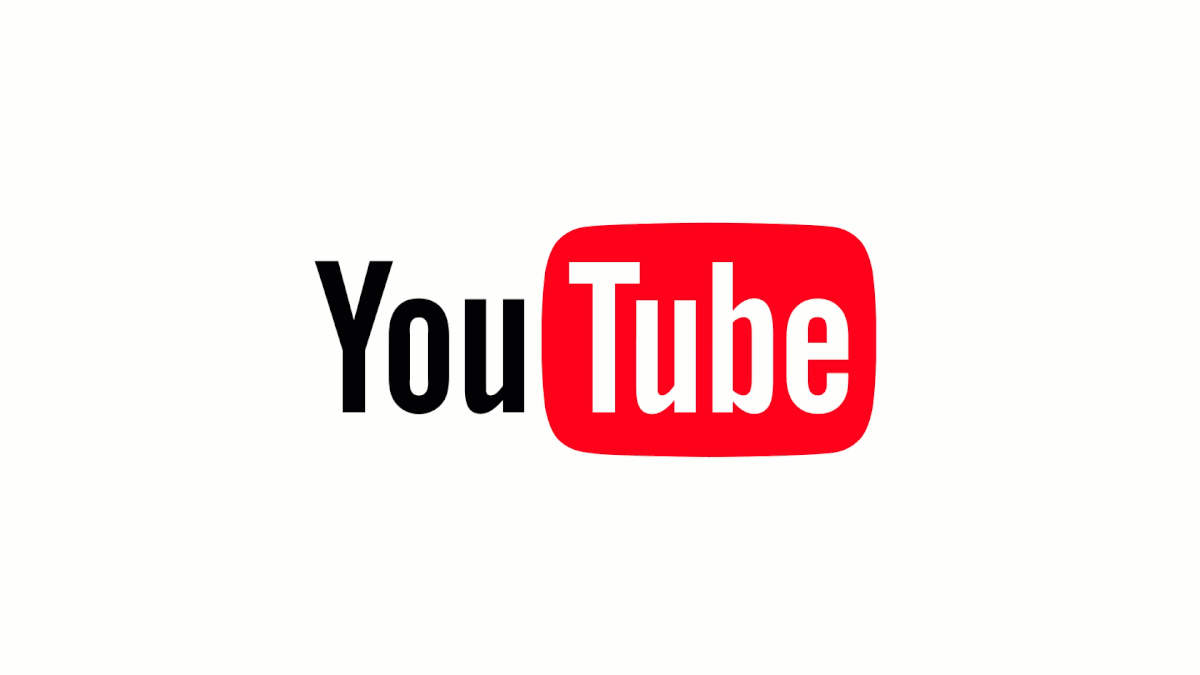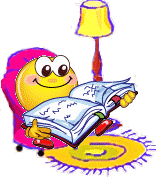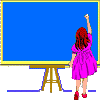Copyright January 2018 Property of Chris Castellarin
HOME PAGE
Early Grade Lessons

Brought to you from the creator of the
Core Competency Visual Guide and Storybook Online Resource for Student Self-Assessment

Watch Mr. C.'s YouTube Channel
with over 1700 + educational videos
with more than 2800 subscribers and over 1 million views. And catch Mr. C. on Roger's Channel 4 Spotlight Community TV hosting his show Lessons from the Classroom.
with Mr. C.
This website works best on iPads, and other tablets, laptops and desk top computers NOT smartphones.
Subject Descriptions

Prinitng and Fine Motor Skills
Fine motor skills in the hand can be done through the practice of cutting with scissors, printing books, stretching an elastic between the pointer finger and thumb, picking up small items with tweezers, doing up buttons and stringing beads. In Grade 1 focusing on holding the pencil with a proper tripod grip and forming letters from the top down is important. Click on the image to watch a short video on proper pensil grip and letter formation.

Reading/Drawing/Challenge Sheets
Students will complete activities at different speeds. I always ensure a child has completed the job properly and to the best of their ability before accepting it, I will send a child back to do the work over, make corrections or complete it properly. When a child has completed the work and is waiting for others in the class to finish I allow them to read a book quietly at their desk, use the Listening Centres, draw in their drawing book, or work on a challenge worksheet (often mazes, word searches, and Brainteaser/Critical Thinking question sheets) which are laid out along the top of one of the shelf units at the back of the room.

Resource and Other Activities
Our Resource Team offers small group pull out sessions 2 to 3 times per week for 40 minutes to work on the development of reading skills and phonemic practice. Both Learning Assistance services and groups for ELL students (English Language Learners) are provided.
Big Buddies join us for reading, art, iPad projects, socializing or other activities. Each student is paired up with an older buddy.
DPA stands for Daily Physical Activity. Generally students take the opportunity to get exercise outside during non-raining recess and lunch times and during our gym periods on Monday and Wednesday but I supplement some extra exercise, stretching, dance moves and mind building activities through the use of our Interactive White Board and the Go Noodle website about three times per week.

Technology
Once a week students makes use of an iPad from the classroom cart in order to read online and throughout the year we make use of the iPads from the cart, working together on creating Book Creator stories, Drawing images, Sock Puppet action sequences, Stop Motion videos, and Scratch Jr. coding projects.
Reading can occur at the listening center, felt story books, or regular books with a partner or on their own.
Once a week the class will use the iPads for reading (headphones required). Students can access websites such as Bookflix and a selection of reading Apps as well as, Bookaboo stories on Youtube.

Carpet Activities
Each morning as students come into the classroom they will begin with reading or a table task. After reading and table tasks is finished at 8:45 they come up to the carpet. We then proceed to read the morning message, do a calendar activity, weather report, some skip counting, coin addition, the 5 sight-words for the week and Show N' Tell by our Star of the Day.

Phonics
Students brainstorm at least a minimum of six words that relate to our Phonics for that lesson. These are placed onto the whiteboard or screen. Students are asked to set up their page with the date, and title to resemble the example on the board or screen. They must draw and colour one picture of one of the words they have written and label the picture. Often storybooks or short Youtube videos accompany the lessons. For a full list of all the phonics lessons click on the link here.
Kindergarten will participate in the full lesson but will be responsible for only copying one word and creating one drawing to go with their chosen word.

Spelling
Students brainstorm at least a minimum of six words that end in the word ending for that lesson. These are placed onto the whiteboard or screen. Students are asked to set up their page with the date, and title to resemble the example on the whiteboard or screen. They must draw and colour one picture of one of the words they have written and label the picture. Often storybooks or short Youtube videos accompany the lessons.
Kindergarten will participate in the full lesson except that they will have a printed out page with the word ending on it. The page is protected by a clear plastic covering. Kindergarten's use plastacine to shape letters and cover the printed out word ending as well as form their own first letter to create a word from the list for that lesson.

Arts Education
Arts Education/Visual Art/Music/Dance/Drama.

Gym
Gym is twice a week. Please ensure your child has appropriate foot wear with running shoes. Occasionally we will go outside if the weather permits. During our gym time we focus on fair play and both team and individual sportsmanship. Games such as tag, dodge ball and skittles are taught along with skills used in rolling, bouncing and catching a ball. In addition we make use of gymnastic equipment, roller boards, hoops, various balls and the parachute. Some basic skills used in hockey, basketball, tennis or badminton are also taught. We also make use of the gym floor space to teach a unit on dance. At times programs are brought into the school.

Library
Students receive a 40 minute library block once a week. Stories are introduced and read as well as students have time to do a book exchange. Please ensure your child returns their library book on or before Tuesday. A "Library Book Return" bin is located in the classroom.

Centres
Centers is held Monday, Wednesday and Friday for the last 25 minutes of the day. This allows students the opportunity for unstructured socialization time and imaginative play at the end of these days. Students have the opportunity to have free play time using the board games, building blocks, house area, Lego, toys, etc…

Social Responsibility
Through most of the year we will use the Second Step Program which consists of picture cards with activities, stories related to the picture card and questions. The cards focus on the areas of Listening Skills, Feelings/Emotions, Empathy and Problem Solving. Student behaviour can often result in "Action/Reaction Events". Occasionally a class meeting will be held to work through a problem that has occurred during recess or lunch or in the classroom itself. Students are reminded of our Classroom Charter each morning during Carpet Activities. In addition, I also supplement W.I.T.S. books to read in conjunction with our Second Step lessons. You can check more information about WITS books on their website which includes a parent section. http://www.witsprogram.ca/
A math lesson usually begins with a combination of examples placed on the whiteboard and a discussion of the concept(s). However, the majority of our Math work will consist of worksheet pages and the use of manipulatives (math items) such as counters, number lines, scales, pattern blocks and both 2-D and 3-D solids. After the work pages are completed students use Math Bins to further explore math concepts.

Free Writing
Students set up their page in their yellow writing book with a date first. They can write about anything they want such as a topic somehow related to themselves, or from pure imagination creating a fictional account, or a topic chosen by the teacher provided through pictures or suggestions placed on the whiteboard. They must include at least one sentence or more and a coloured picture. I encourage students to double space and print all the way across the page. Most students will not be able to write more than a sentence or two at most to begin with during the first half of school. Writing is like reading, until you have the skills students can not just write multiple sentences. And a lot of the students will require me to scribe. For Grade One I DO NOT focus on correct spelling but rather sounding out the initial consonant, and then the end consonants with advanced students figuring out middle sounds in difficult words. Also we focus on starting with a capital letter, finger spacing between words and ending with punctuation.

6 + 1 Writing Skills
Students work from "6+1 Writing Traits Program" using trait based lesson worksheets that cover the traits that make “good writing”. They consist of Ideas, Word Choice, Sentence Fluency, Organization, Voice and Presentation. I usually try to cover the first three to four traits in Grade One with the rest of the traits being covered through Grade 2 and 3 and then with further emphasis into the intermediate grades.

Theme Units
The theme units cover the largest portion of the teaching week consisting of various activities almost every day of the week. Some themes are only a week long others can be several weeks in length. Often challenge sheets, posters and props related to the theme are available on the touch table. In addition, videos and picture storybooks both fiction and factual related to the theme topics, art activities, writing activities, worksheets and the occasional field trip will make up the largest part of teaching each theme unit. For a list of theme units and more information click on the link.
















